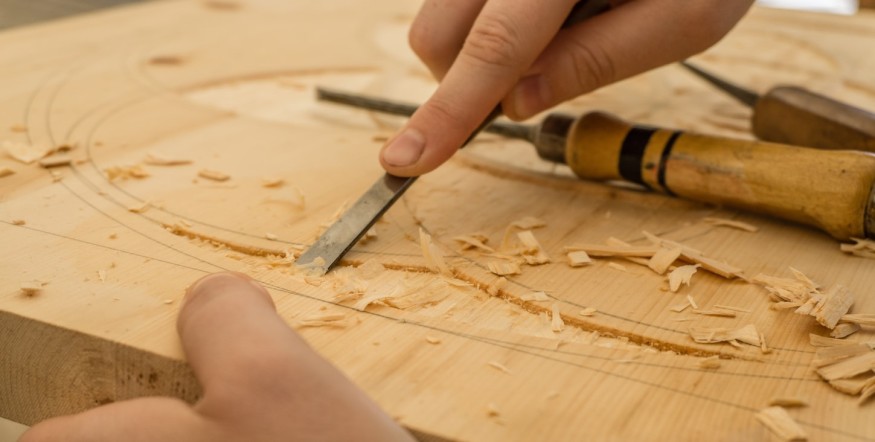
The rare miniature sculptures of boxwood were intricately made to the point where the naked eye cannot fully see their details. Conservators and curators had to use X-rays and micro-CT scans, among other methodologies, just to delve deeper into these complex structures.
Rare Miniature Gothic Boxwood Carvings
Scientific imaging and research have demonstrated that the carvings within a rare miniature gothic boxwood actually harbor intricate details.
Considering the construction of the carvings just fosters curiosity about why and how their makers were able to come up with such intricate outputs, these artists were able to achieve such a level of intricacy without the help of sophisticated magnification or electric light.
Ancient-Archaeology reports that between 1500 and 1530, wood artists across the Netherlands and Flanders made some of the most intricate religious carvings of wood that have ever been observed. These carvings are known as boxwood carvings, which are complex and intricate structures. Around 135 of these artifacts are known to exist.
ALSO READ : Iraqi Archaeologist Unearthed 2,700-Year-Old Stone Carvings From Ancient Assyrian [Look]
Woodbox Carvings Examined Using X-Rays and Micro-CT Scans
The miniature artworks were remarkably detailed and complex to the point where their details could only be deeply appreciated after they were examined using advanced methodologies. Specialists had to use X-rays, micro-CT scans, microscopes, and advanced 3D analysis software just to look into the structures.
The Archaeologist reports that the internal layers are pieced together with others so intricately that their joints can only be observed with X-rays and microscopes.
How the original artists were able to come up with such detailed miniature artworks without the help of technological equipment remains a wondrous mystery. In order to keep the piece in place, the artists had to use pins that were smaller than a seed of grass.
Interesting Engineering reports that, according to Lisa Ellis, a conservator of decorative arts and sculpture, typical X-radiography is not enough. They needed a better method for understanding how the objects were constructed. Ellis then turned to micro-CT scans in order to make virtual models of the works inside-out.
There were unique secrets within the carvings, one of which was a hidden portrait of a queen and king that has not been seen by anyone for more than 500 years.
Miniature Carvings on Religious Items
According to the Archaeology-World, the carvings were reportedly made as a response to the demand in Europe for good-quality moveable religious items with boxwood carvings. Such items reportedly included altarpieces, medallions, prayer beads, monstrances, triptychs, and more. This was before the reformation started.
However, when attempts were made to reform the Catholic and Protestant churches, the demand for such religious miniature accessories decreased.
The Art Gallery of Ontario (AGO) previously conducted an exhibit for these gothic boxwood miniatures.
RELATED ARTICLE : Copper Age Owl Carvings Unearthed in the Iberian Peninsula Served as Toys, Amulets For Children
Check out more news and information on Archaeology in Science Times.










